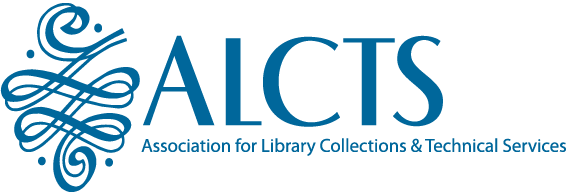Sameness and Difference: A Cultural Foundation of Classification
Hope A. Olson
The idea of sameness is used to gather material in classifications. However, it is also used to separate what is different. Sameness and difference as guiding principles of classification seem obvious but are actually fundamental characteristics specifically related to Western culture. Sameness is not a singular factor, but has the potential to represent multiple characteristics or facets. This article explores the ramifications of which characteristics are used to define classifications and in what order. It explains the primacy of division by discipline, its origins in Western philosophy, and the cultural specificity that results. The Dewey Decimal Classification is used as an example throughout.
Trends in Source of Catalog Records for European Monographs 1996–2000
Charlene Kellsey
Minimal-level catalog records created by European booksellers for non-English language books are being loaded into OCLC. These vendor records lack Library of Congress (LC) call numbers and subject headings, and their names and series do not necessarily conform to the U.S. authority file, therefore they require upgrading by original catalogers. A preliminary study of Italian language monographs was done at a large research university library to discover the prevalence of these vendor records compared with records created by LC and OCLC member libraries. It was found that over the period 1996–2000 there has been a drastic decline in the number of original member records for Italian books and a corresponding increase in vendor records, which then must be upgraded by member libraries. The implications of this finding include changes in cataloging-department workflow and a decrease in national-level cooperative cataloging, depending on the extent to which libraries export unmodified vendor records and edit them in-house.
Reviews, Holdings, and Presses and Publishers in Academic Library Book Acquisitions
John C. Calhoun
The introduction characterizes Library Journal (LJ) and Choice. The literature survey focuses on Reviewing, Selection, and Evaluation to develop several questions for study. To answer these questions, the methodology proposes a model for academic library book acquisitions using a two-year relationship-database file of 32,725 approval-plan records based on the presses and publishers most often cited in Choice Reviews. The study then identifies titles cited in Choice Reviews 1997–1998, Book Review Digest 1998–1999, and the Wilson Indexes 1998–99. The study next defines a complementary or reciprocal core collection for the twenty-one comprehensive-university libraries of the California State University System using holdings from both the Online Union Catalog and the Unified Information Access System. The study also characterizes differences between presses and publishers in academic library book acquisitions. The conclusion summarizes the patterns or major factors delineated through the examination of reviews, holdings, and presses and publishers.
